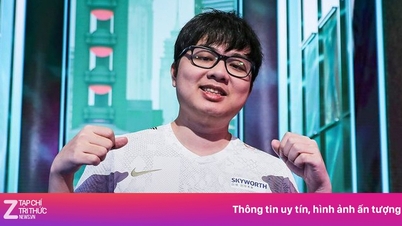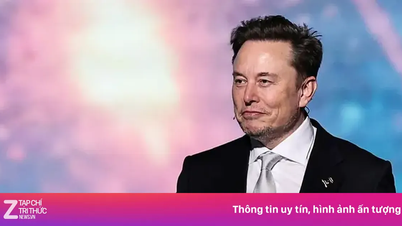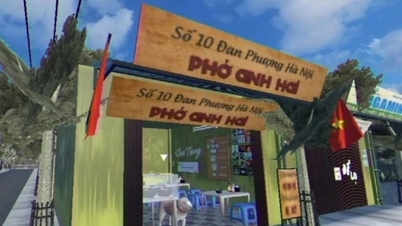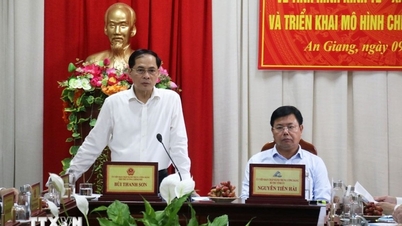Amid growing concerns about the harmful effects of blue light from electronic screens, eye-protective screen protectors have become a booming accessory market, often selling for a premium over their regular counterparts. But a real-world test has revealed that they may be no more effective than a layer of plastic wrap.
To verify the claims, an experiment was conducted at the research lab of Beijing Jiaotong University (China). Experts used a spectrometer - a specialized device for analyzing light, to measure the filtering ability of screen protectors on the market.

Screen protectors should be transparent so as not to obstruct vision when in use.
Photo: screenshot
Professor Chen Zheng, from the Department of Engineering Physics at Beijing Jiaotong University, said the patches do reduce the intensity of blue light to some extent. However, the problem is that they do not filter it selectively.
“When we put a piece of plastic wrap on the meter, the light-reducing effect across the entire spectrum was almost identical to that of a screen protector,” Tran Chinh concluded. Essentially, “anti-blue light” screen protectors simply dim the screen slightly, without any specialized filtering technology.
Experts also pointed out the absurdity of the advertising parameters. Regarding the "50% blocking" claim, Professor Vuong Quoc Viet (part of the research team) explained that this number is meaningless if the brightness of the screen is not taken into account. If the screen is emitting blue light at a very high intensity, blocking half of it will still leave enough light to cause harm.
As for the "99-100% blocking" claims, this is technically impossible. Blue light is one of the three primary colors (red, green, blue) that make up the image on the screen. If you block almost all of the blue light, the screen will have a severe yellow tint, the colors will become distorted and unusable.
Currently, there is no official medical standard for safe levels of blue light emission. Therefore, experts recommend that the most effective and free solution is to use the available features on the phone such as Night Shift (iOS) or Eye Protection Mode (Android), and most importantly, proactively reduce the time spent using the device to protect eyesight.
Source: https://thanhnien.vn/su-that-ve-mieng-dan-man-hinh-chong-anh-sang-xanh-185251031110622793.htm











































































































Comment (0)